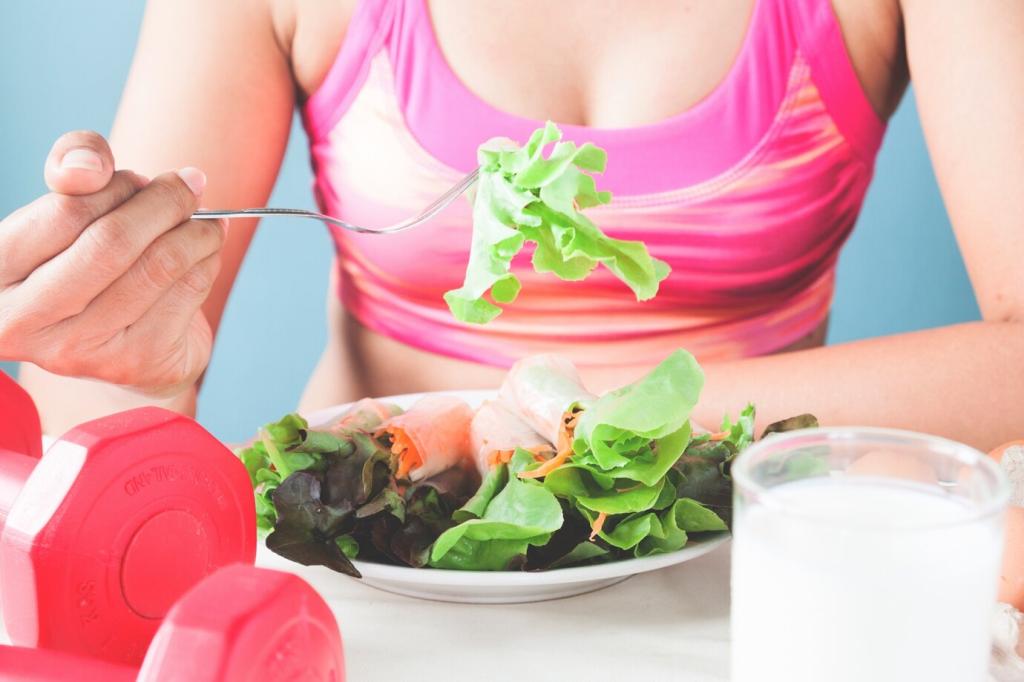Pre-Workout Hydration Blueprint
Aim for about 5–7 milliliters per kilogram two hours before training, then top off 15 minutes prior if your urine remains dark. This gentle ramp avoids sloshing. Tell us your favorite pre-session drink and whether a warm-up sip routine helps calm pre-race nerves.
Pre-Workout Hydration Blueprint
Salty sweaters often benefit from a modest sodium preload—think 500–1000 milligrams—especially before hot sessions. This can be a sports drink, broth, or salted oatmeal. If you track blood pressure or have medical concerns, personalize thoughtfully, and share what foods sit best before tough intervals.




